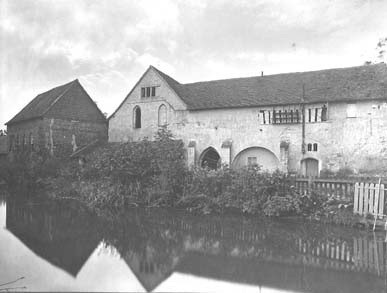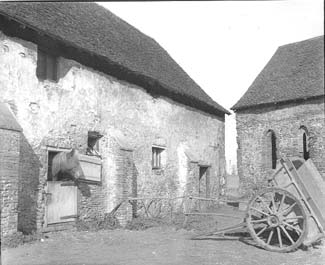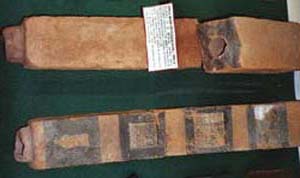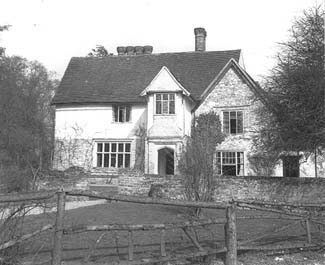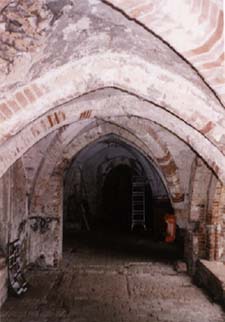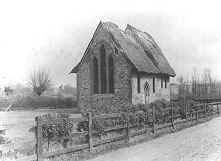|
Ralph was the sixth, and most eminent, Abbot of Coggeshall's Cistercian abbey. His incumbency lasted for 11 years and 2 months between the years 1207 and 1218 and he succeeded Abbot Thomas. An Englishman by birth he was, unusually so for the agriculturally biased Cistercian order, a man of considerable learning and knowledge with a high degree of erudition in literature. He was at one time canon of Barnwell near Cambridge. It is his Chronicle of the Holy Land and later his Chronicle of English Affairs which sets him apart from other abbots. His recorded accounts of both render him important both nationally and locally. He was already a celebrated member of the order due to his exploits in the Holy Land where he was present at the fall of Jerusalem to the Saracens under Saladin in 1187. It was here that he suffered a head wound during the siege from which he was to suffer severely in later life. He had travelled with the Crusaders in 1185 "amongst other pious men, who were needed to comfort the weak, instruct the ignorant and animate the brave in the battle of the Lord".
The final entry in his Chronicle of the Holy Land was in 1191, after which he returned and retired to monastic life at Coggeshall abbey. Here he set down his Chronicle of English Affairs without which we would know very little of the events during the early and formative years of the Coggeshall abbey.
In 1218, suffering from increasing bouts of indisposition, he renounced his title and was superseded by Coggeshall's seventh abbot, Benedict. Ralph continued to live in Coggeshall for a further ten years until his death in 1228.
|
